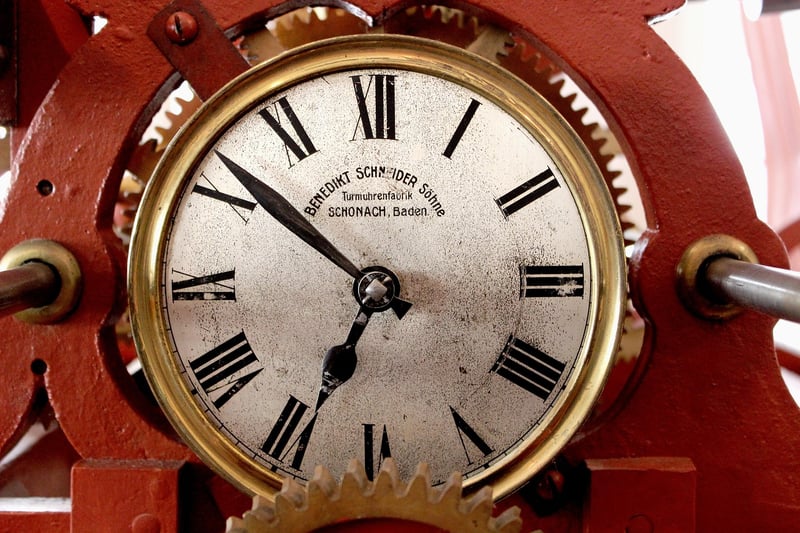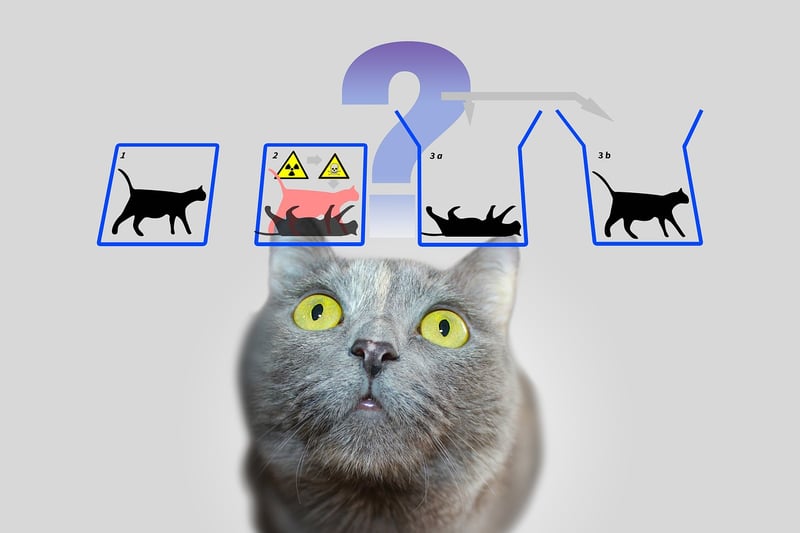Bootstrap Paradox
Deciphering Time Travel Conundrums and the Bootstrap Paradox
Time travel has long been a fascinating topic that captivates the human imagination. From science fiction novels to blockbuster movies, the concept of traveling through time has sparked endless debates and discussions. One of the most intriguing aspects of time travel is the Bootstrap Paradox, a mind-bending phenomenon that challenges our understanding of cause and effect.
The Bootstrap Paradox Explained
The Bootstrap Paradox, also known as a causal loop, occurs when an object or piece of information is sent back in time and becomes trapped in an infinite loop with no discernible point of origin. In simpler terms, it raises the question of what came first: the chicken or the egg?
Imagine a scenario where a time traveler travels back in time and gives a famous painting to an artist before they have even created it. The artist then replicates the painting exactly, which the time traveler takes back to the past, starting the cycle anew. In this loop, the painting has no clear origin - it exists without being created, forming a paradoxical situation.
Time Travel Conundrums
Time travel is fraught with paradoxes and conundrums that defy logical explanation. Some of the most well-known time travel dilemmas include:
- The Grandfather Paradox: What happens if you travel back in time and prevent your grandparents from meeting, thus erasing your own existence?
- The Ontological Paradox: If an object or information is sent back in time and becomes its own cause, where did it originate?
- The Butterfly Effect: How small changes in the past can have significant and unforeseen consequences in the future.
Resolving the Paradoxes
While time travel paradoxes make for fascinating thought experiments, physicists and philosophers have proposed various theories to reconcile these inconsistencies. Some suggest the existence of parallel universes or the concept of a multiverse, where each action creates a new timeline.
Others argue that time travel may be governed by fixed timelines, ensuring that any actions taken in the past have already occurred and cannot be changed. This theory aligns with the Novikov self-consistency principle, which posits that time travelers are unable to alter the past in any meaningful way.
Conclusion
Time travel conundrums, including the perplexing Bootstrap Paradox, continue to spark debates and fuel the imagination of scientists and storytellers alike. While the concept of time travel may remain purely theoretical for now, exploring these paradoxes offers a glimpse into the complexities of causality and the nature of time itself.
For more intriguing discussions on time travel and paradoxes, stay tuned for the latest updates and insights from our blog!

Image Source: Pixabay
